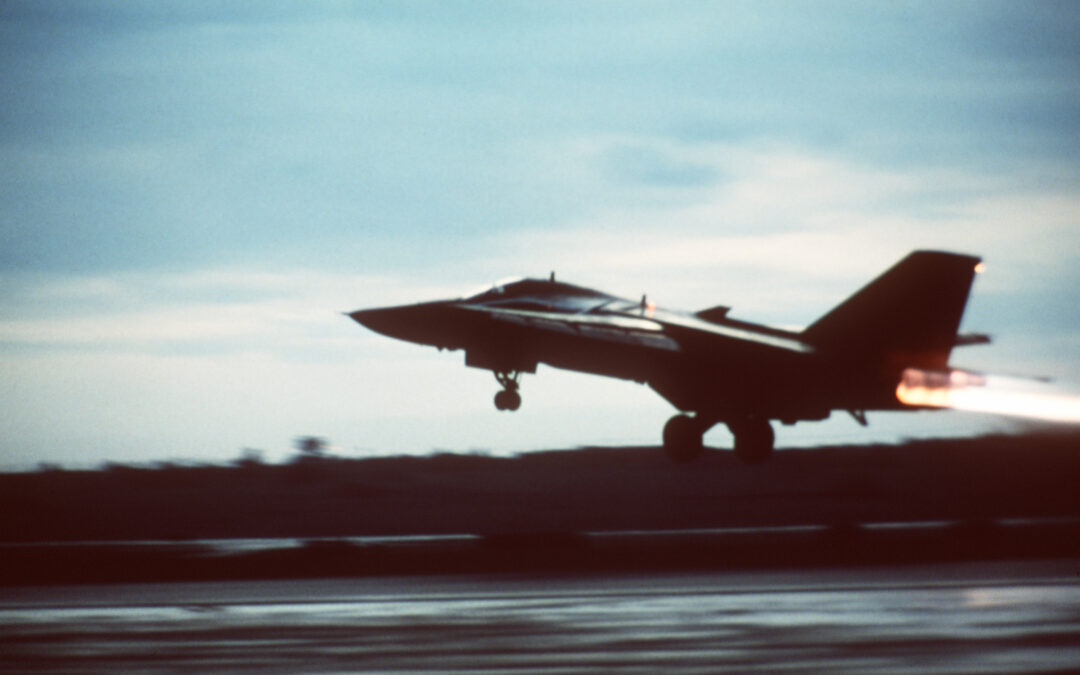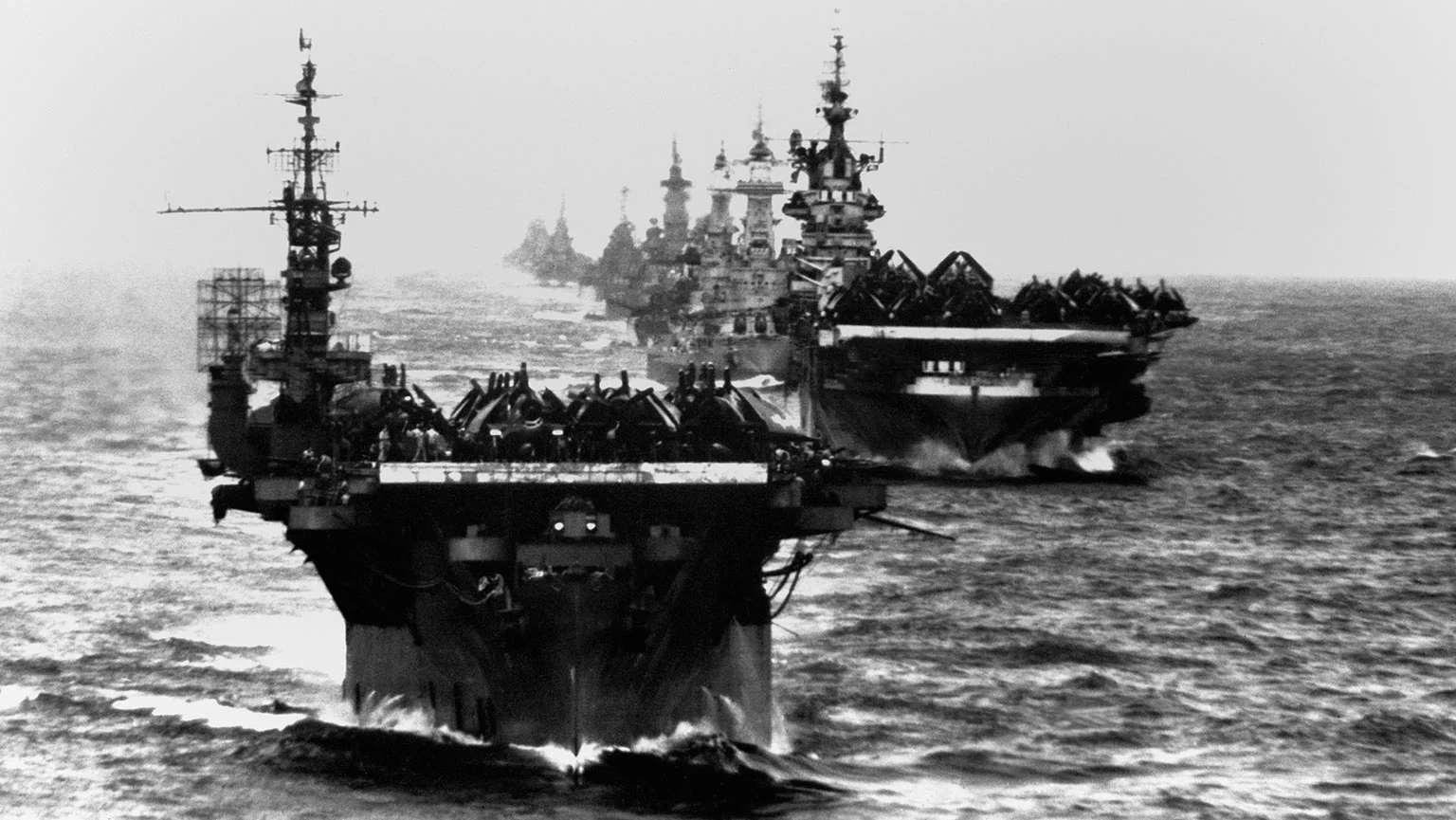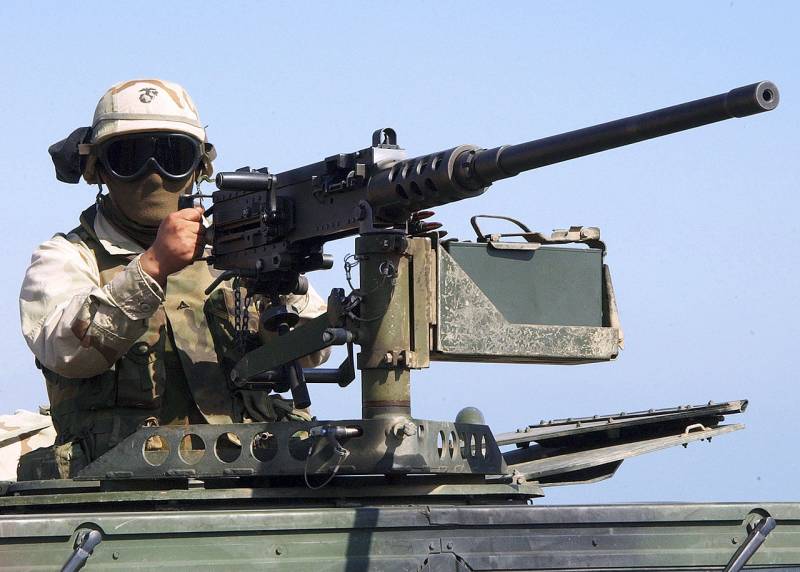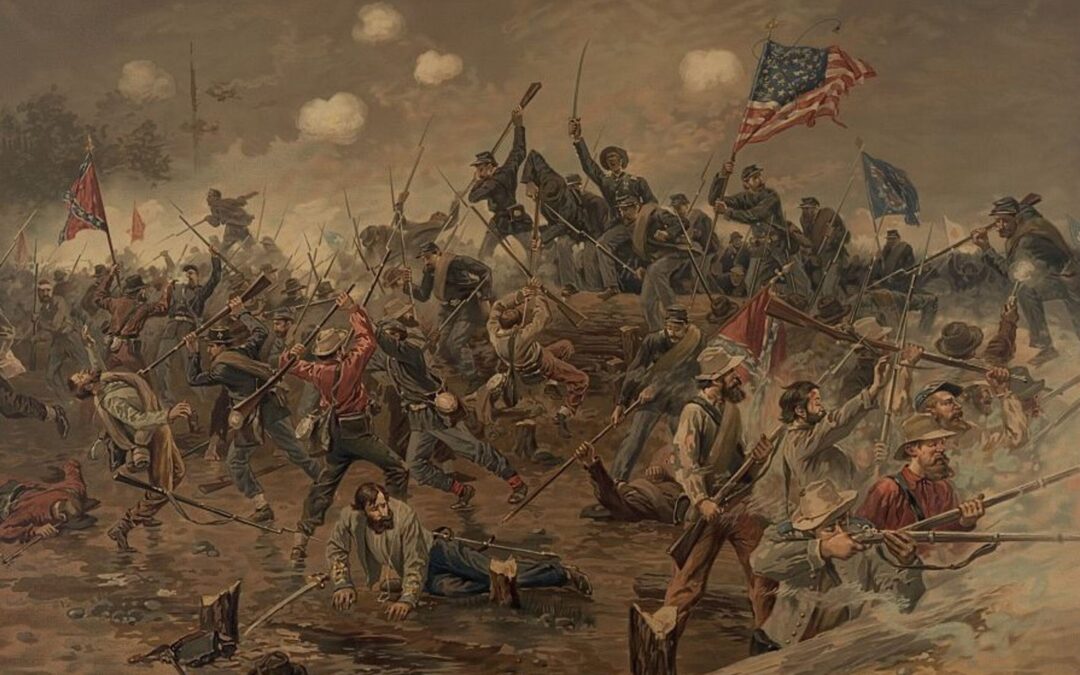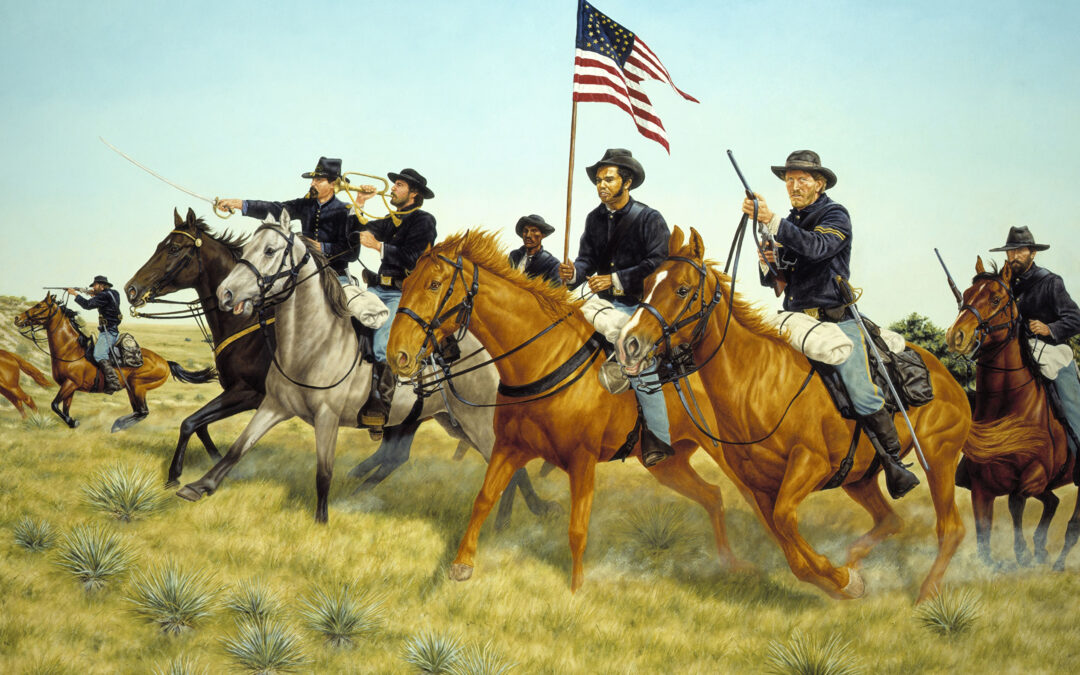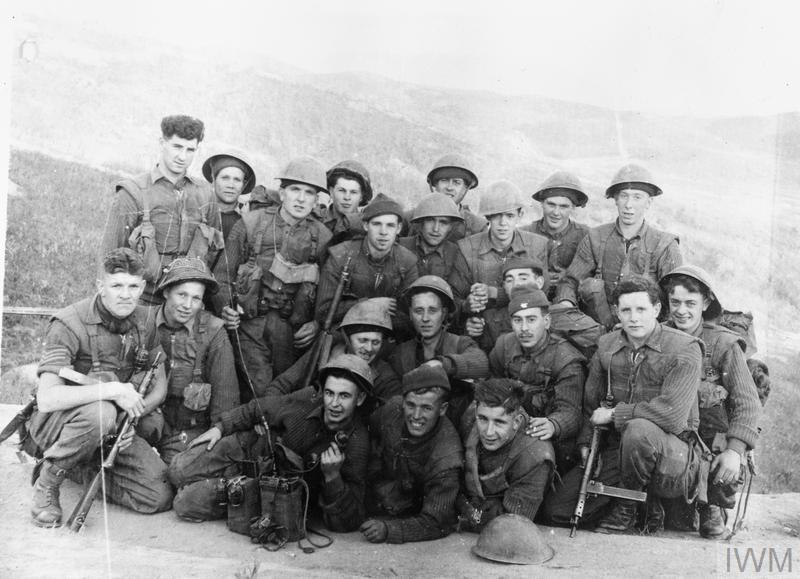The Screaming Eagles of the 101st Airborne were among the first soldiers deployed to Saudi Arabia following Iraq's invasion of Kuwait in August of 1990. Before Operation Desert Storm Roughly six months later, the storied division would launch an unprecedented airborne assault taking them over 150 miles (241 kilometers) behind enemy lines and within 100 miles (161 kilometers) of the Iraqi capital, Baghdad. In 1990, a coalition of forces from around the world, headed by the United States, gathered in Saudi Arabia. The task was to remove the Iraqi Army from Kuwait and protect against an expansion of Saddam Hussein's aggressiveness. Within 12 hours of the invasion of its southern neighbor, Kuwait, the Iraqi army was without any significant opposition. The world's 4th largest army at the time now had solid control of Middle East oil production and was moving troops to the border with Saudi Arabia. The coalition of forces sought a peaceful solution to the conflict and insisted that the...





